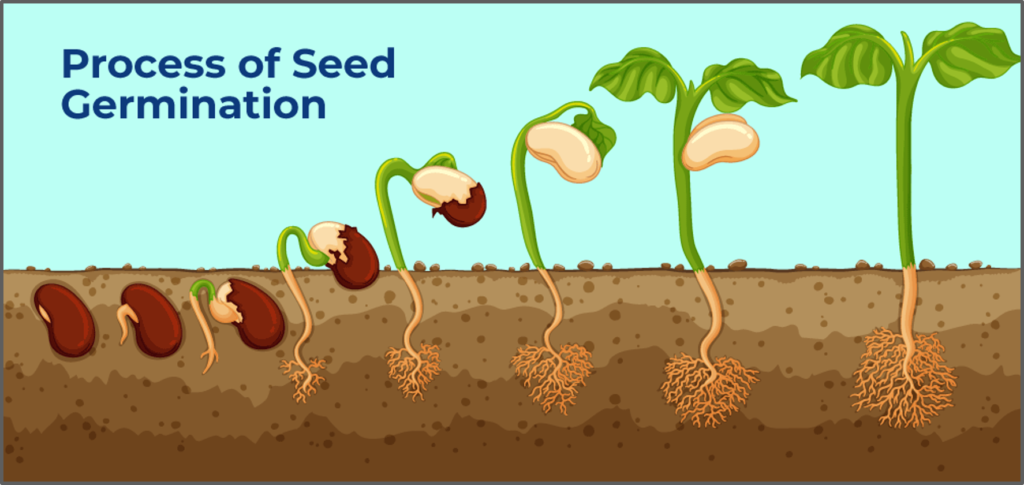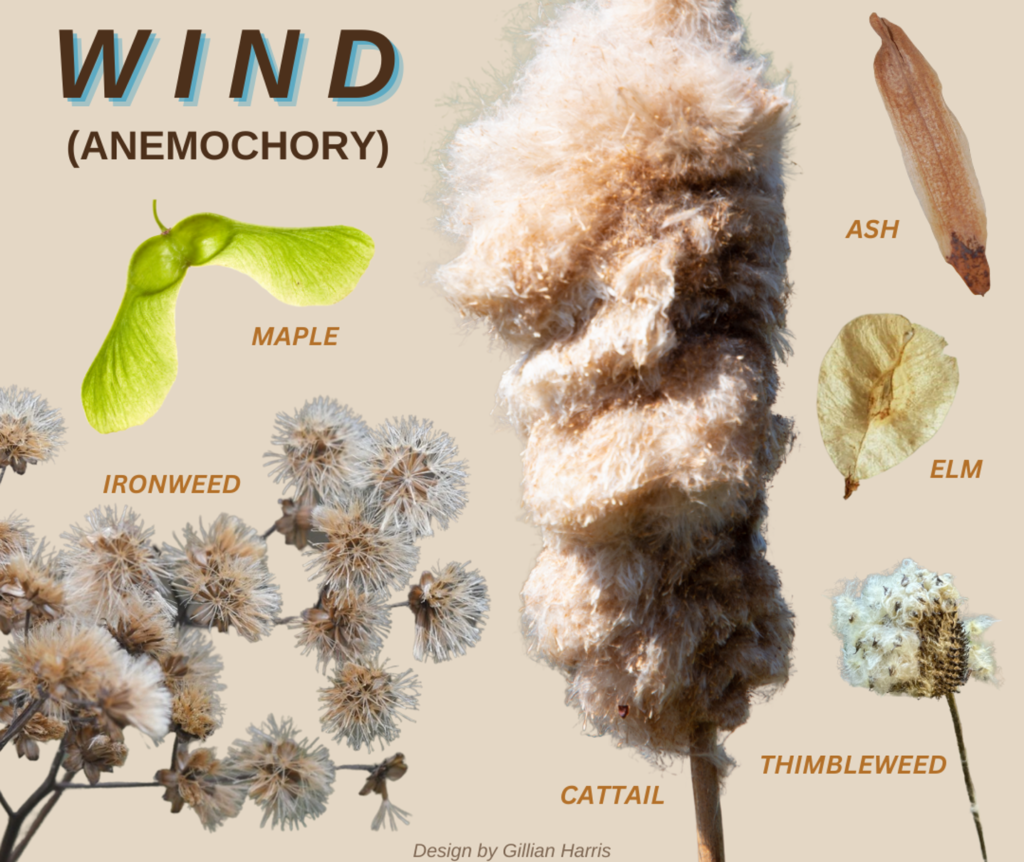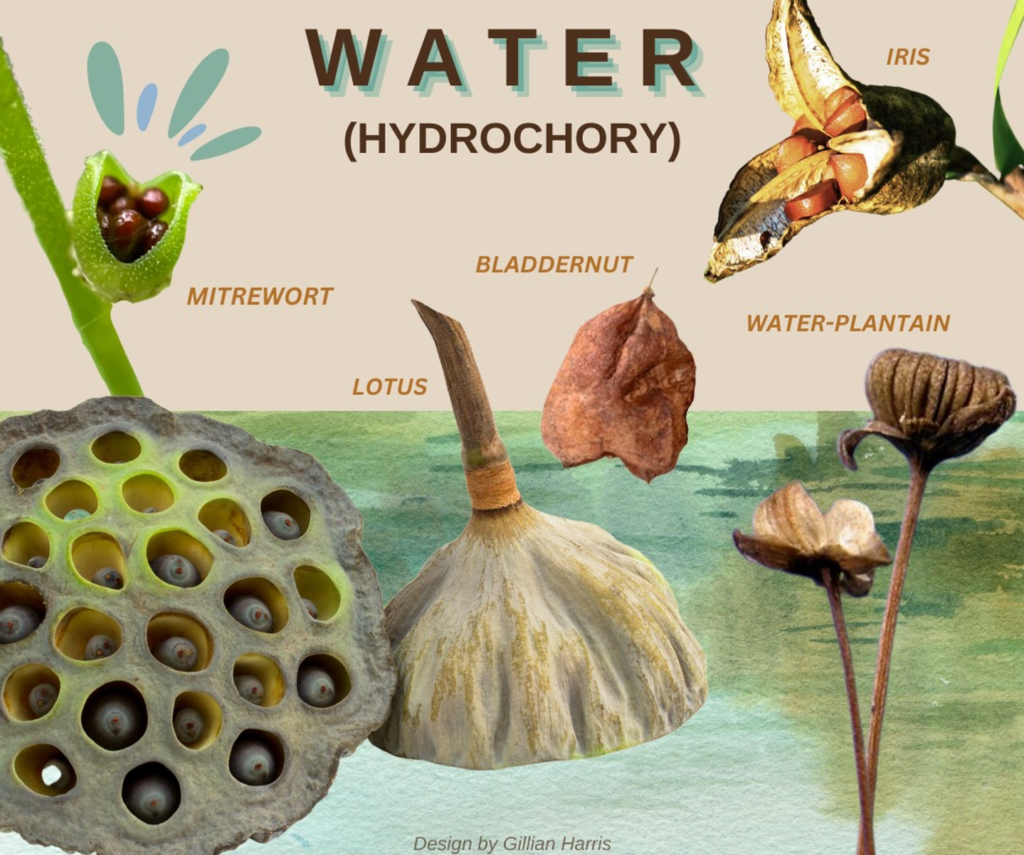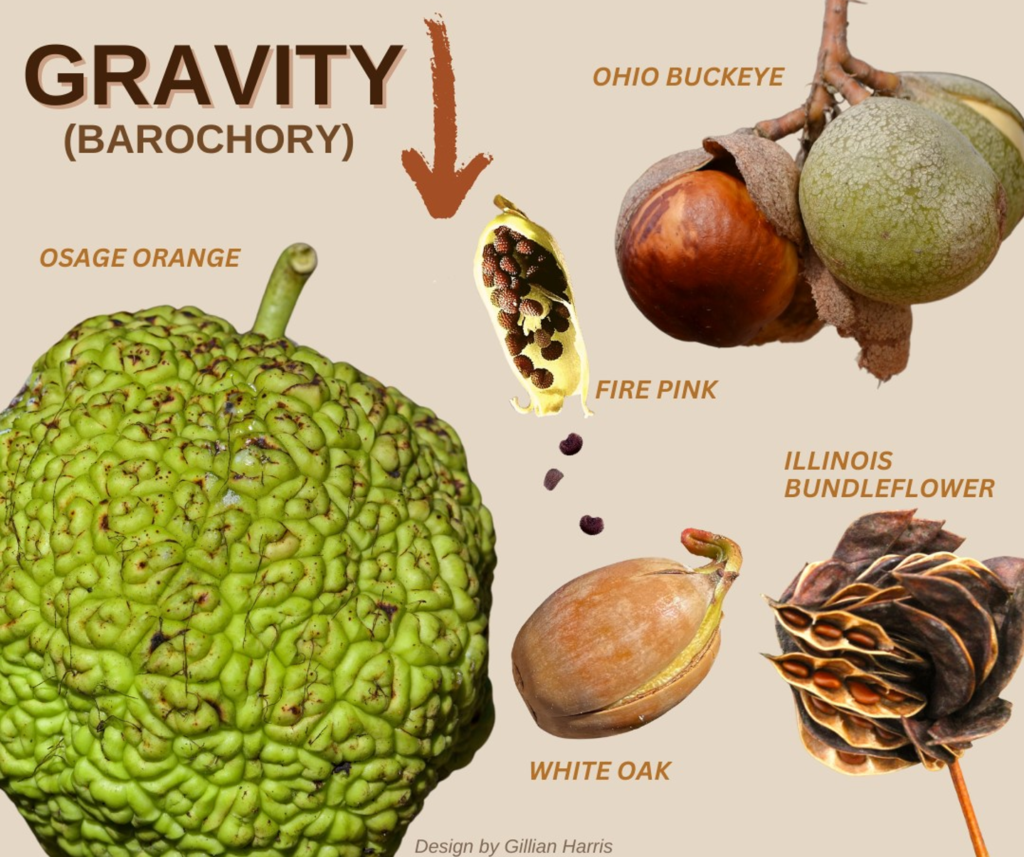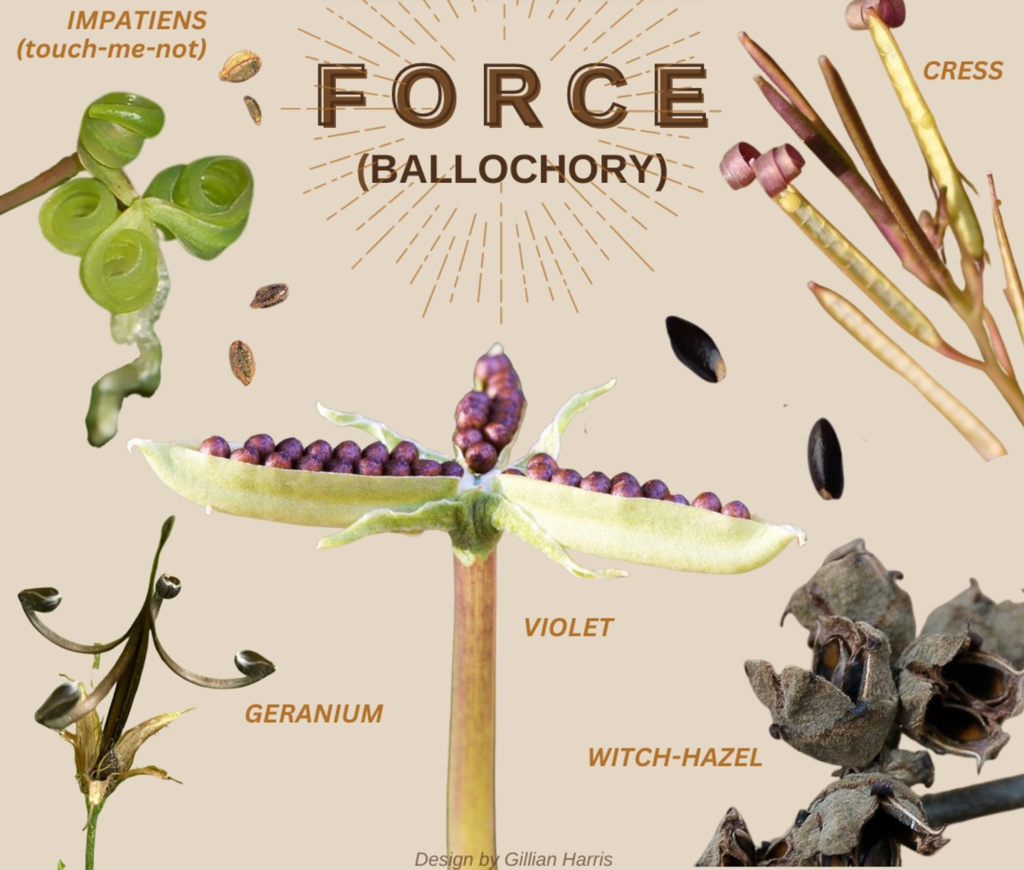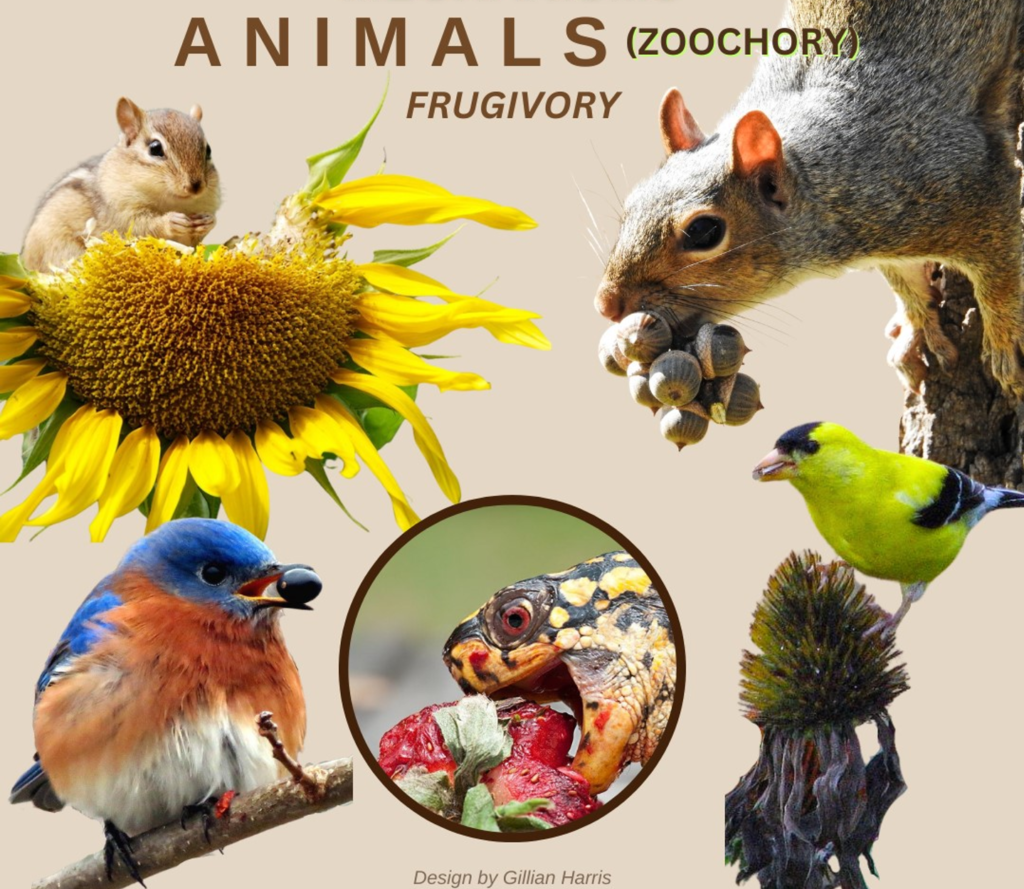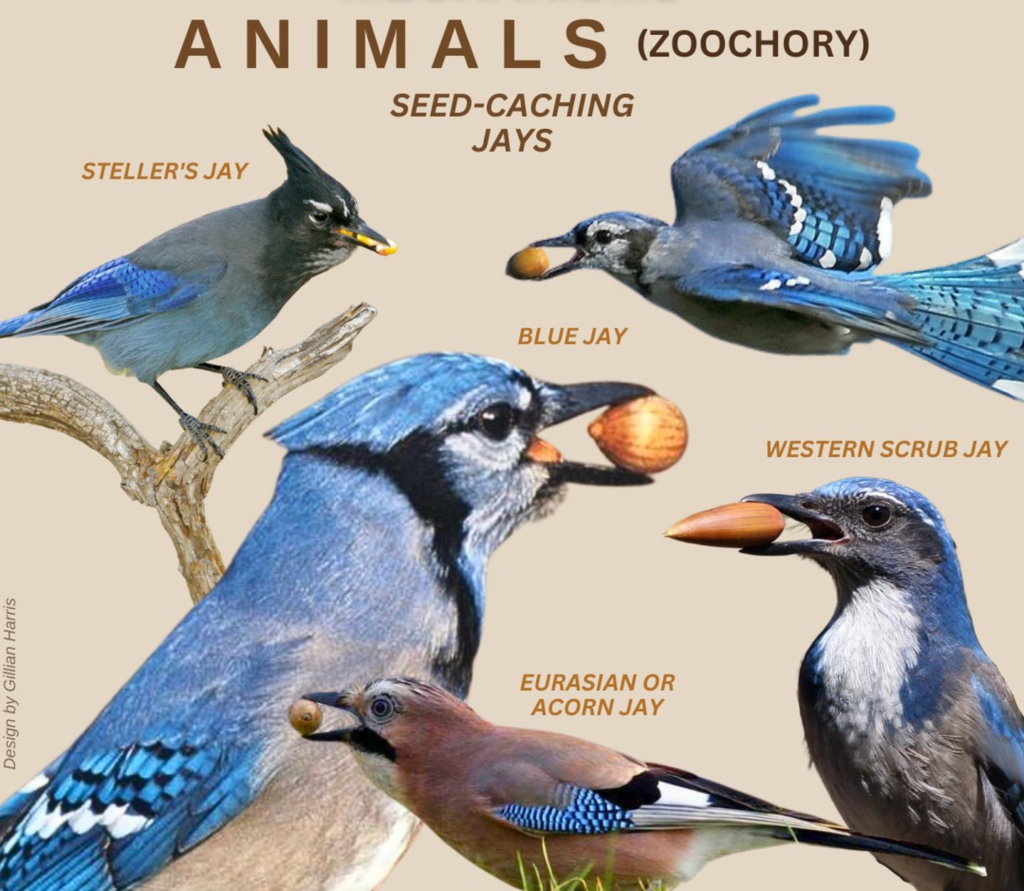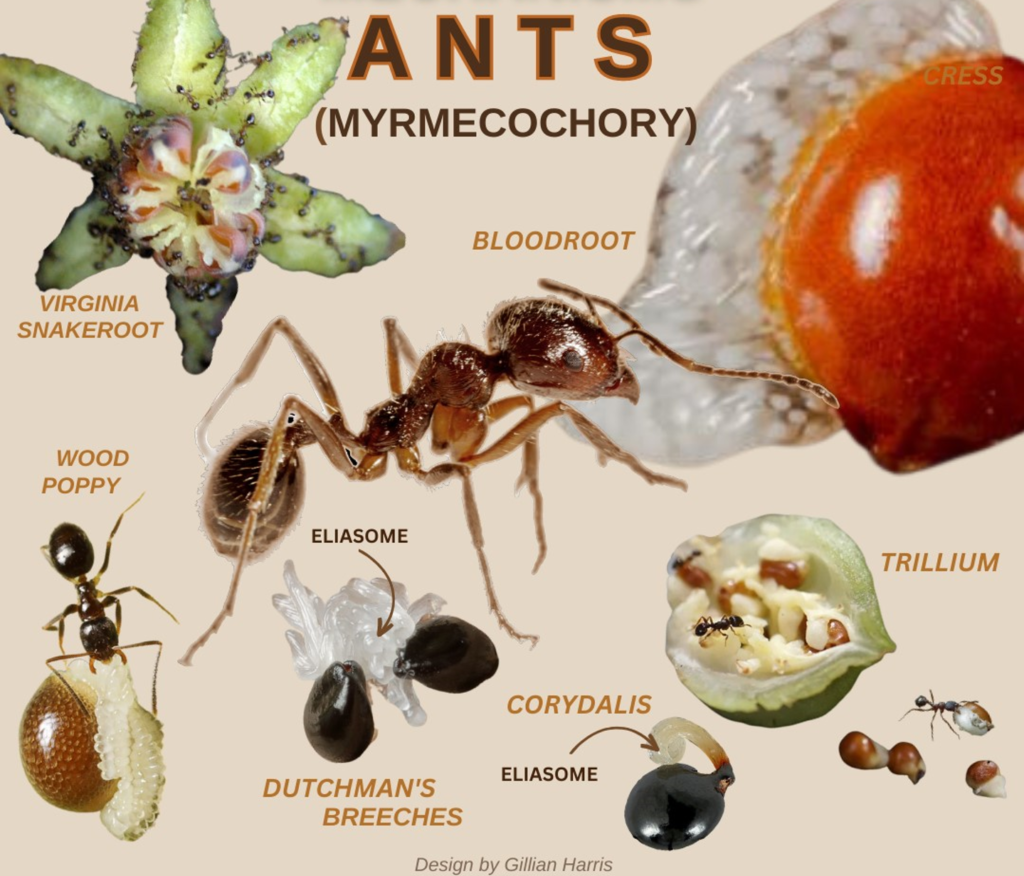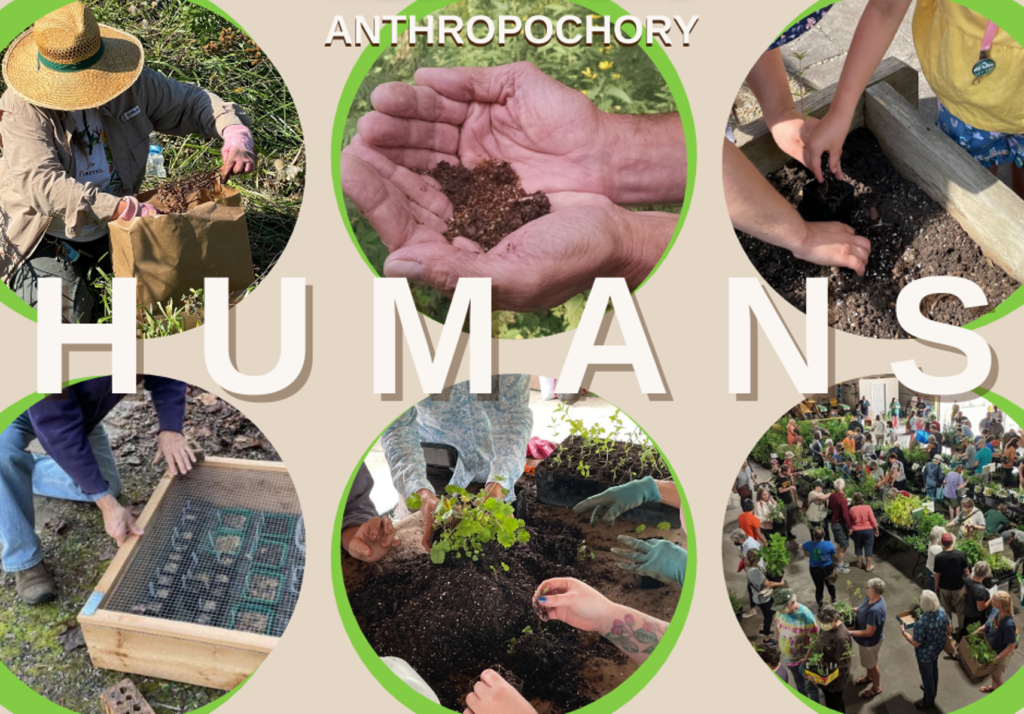What Is a Seed?
It’s an embryonic plant enclosed within a protective outer covering, usually with some stored food. Its functions are to enable it to be dispersed to a new location, remain dormant until conditions are favorable for germination, and nourish the growing embryo once it germinates.
How Seeds Are Dispersed
Wind
Wind-borne seeds generally take two forms: parachutes (tiny, lightweight fluffy seeds) and helicopters (winged seeds called samaras). Wind-borne seeds help plants reproduce by spreading them out to a wider area so they avoid competing with one another for resources.
Gravity
Gravity dispersed seeds are rather large and often spheroidal. They drop to the ground and roll substantial distances or are carried away by animals to be buried in a sunny location away from competition with mature trees.
Water
Water-dispersed seeds float away from their parent plant or are carried by floodwater currents and deposited in backwaters as floodwaters recede. This is a secondary means of dispersal for wind-bourn seeds.
Force
In this so-called ballistic method, seeds are actively or passively catapulted away from the parent plant. Passive dispersal happens when wind or passing animals bend the stem and seed is flung from the pod. Active dispersal is due to forces within the seedpod as it ripens and dries, then pops open and expels the ripe seed.
Animals
Some seeds are designed to hitch a ride on the fur of mammals as they pass by. Others are spread when animals ingest fleshy fruits and and poop out the seeds or store them for later consumption at some distance from the parent plant. Birds adapted for seed cracking assist in dispersing hard-shelled seeds like acorns.
Ants
More than 3,000 plant species worldwide enlist ants to distribute their seeds. These ant-enticing seeds feature a fat body rich in lipids and amino acids that ants carry back to their underground nest to consume or feed to their larvae. Leftovers are thrown on a refuse heap and thus “sown” away from the parent plant.
Humans
Humans disseminate seed both intentionally and unintentionally. Since the beginnings of agriculture, we have collected and propagated seeds, traded seeds, given them as gifts, and sold them in the marketplace. We have also dispersed them unknowingly through travel and commerce. Very often seeds distributed in this way are regarded as noxious weeds in agriculture or as invasive plants in the wild.
The Germination Process
Dormancy removed > Germination cues > Imbibation > Digestive enzymes > Translocation > Assimilation > Growth
The seed’s first step toward growing a new plant is to “wake up” from dormancy. This happens in many ways, the most common in our temperate region being via cold/moist stratification. Some seeds like our legumes (Wild Senna, Wild Indigo), with their thick seed coats, need to have the coats scarified or nicked to allow for better germination.
Seeds are triggered to begin germinating when the level of light, water, and soil temperature are just right for their needs. Absorption of water from the environment (imbibation) in turn activates enzymes that break down the stored food in the seed and begin digesting it. This releases nutrients and energy, which are translocated to different parts of the seed. Nutrients and energy are assimilated into the growing parts of the embryo, enabling growth to take place.


